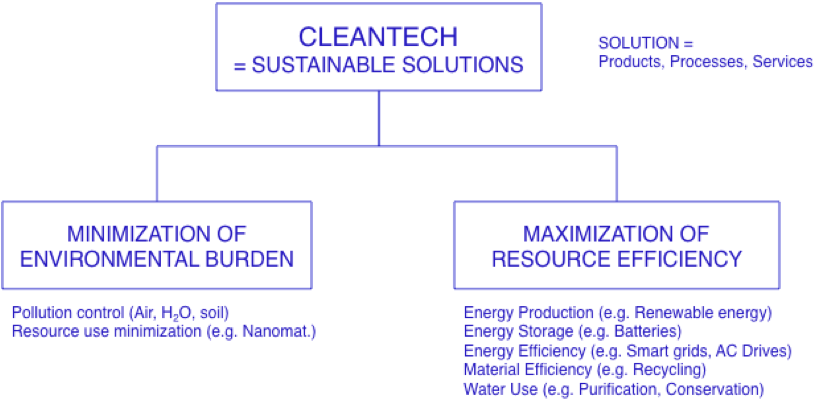Most decisions are made with best intentions. Still, about half of business decisions end in failure.
More than 20 years of study* on how decisions are made concluded that decisions fail half the time. Two out of three decisions use failure prone tactics. That’s a lot, isn’t? Read here what you can do to lift the odds that your decisions will be successful.
1. Know what you want
Set the right focus. Know what you want to accomplish and how you know you have got it. Knowing why the goal is important. It gives you a purpose and, motivation to act. It also helps you inspire and motivate others. However, defining what and why can be tough. If it is so for you, let a sparring partner help you get it cleared.
2. Determine your starting point
Make a reality-check. Is your goal doable? Realistic? Sustainable? Go through the facts. Evaluate possibilities. Requirements. Consequences. Crucial success-parameters. Needed action. Don’t forget the overall picture. Is it clear for you? If not, get someone to compile it and present it in a graspable way.
3. Define your needs
What are the questions you need answers to? Know that once you identify questions, answers can be found. Think through what you still need to reach the target. More clarity? New ideas? Smart solutions? Knowing true stakeholder needs? Feedback on how a decision would be received? Other? Make a list.
4. Engage stakeholders
There are many out there eager to help you with your meaningful goal. Provided you ask them. Ask and listen. Repeatedly. Identify and clarify their specific needs and opinions. Acknowledge them. Let your stakeholders be heard. It helps you to get them actively working for the goal both with you and for you.
5. Communicate successfully
Keep your helpers inspired and motivated. Tell what’s going on and why. Share results openly. Show you appreciate their engagement. Express it clearly. Do respond to the input. Follow-up. It pays.
Making wise and winning decisions require a high degree of courage and integrity. The end result is clear: a winning decision is good for the company, its stakeholders (including nature), and the decision maker. Everyone wins.
* see http://ihdynamics.co.za/publications/articles/why-decisions-fail


